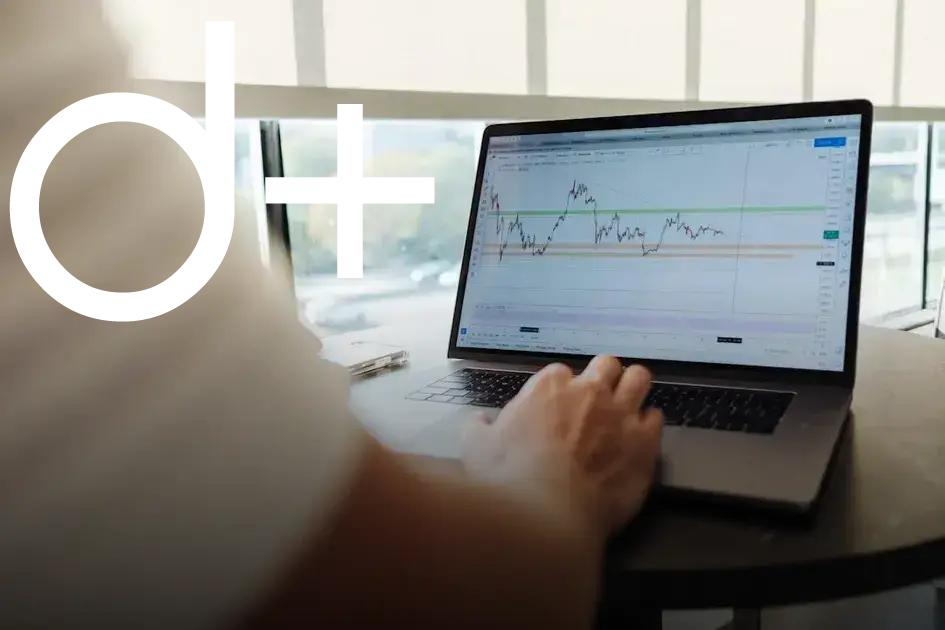Investing your $10,000 wisely can set a strong foundation for your financial future. By understanding how to build an investment portfolio, you can optimize your returns. Start by determining your investment goals to align your portfolio effectively.
Determine Your Investment Goals
Understanding your financial objectives is crucial when creating an investment portfolio with $10,000. Begin by asking yourself what you hope to achieve: Are you saving for retirement, looking to purchase a home, or aiming to grow your wealth? Clearly defined goals will guide your investment strategy and help you select the right assets.
Short-term vs. long-term objectives: Identify whether your goals are short or long-term as this will impact your risk tolerance and asset choices. For instance, a short-term goal may require more liquid assets, while long-term objectives could afford more volatile investments like stocks.
Be specific about your timeline. Knowing when you want to achieve your goals helps you determine the type of investment. Set time frames such as 5, 10, or 20 years, and align your strategy to meet these deadlines.
Consider your risk capacity. Ask yourself how much risk you are willing to take: This influences asset allocation. Higher risk usually means the potential for higher returns, but it’s essential to balance this with stability.
Incorporate any other financial commitments or debts into your planning. Understanding your full financial picture ensures that your investment goals are realistic and manageable.
Understand Different Asset Classes

Asset classes are groups of financial instruments that perform differently from each other. Understanding these classes is crucial when building a wise investment portfolio with $10,000. The main types of asset classes include stocks, bonds, real estate, and cash equivalents.
Stocks represent ownership in a company and can offer higher returns over time. However, they also come with higher risk. When considering stocks, think about different sectors and market caps to increase diversity within the asset class.
Bonds are debts issued by governments or corporations. They typically provide regular interest payments and are considered more stable than stocks. Including bonds in your portfolio can balance risk and provide steady income.
Real Estate investments can be in the form of physical properties or REITs. It offers diversification, potential for capital appreciation, and income through rentals or property value increase.
Cash Equivalents include money market funds or treasury bills, providing low risk and liquidity. They are important for maintaining cash flow and acting as a safety net against market volatility.
A thorough understanding of these asset classes helps in gauging their returns and risks, aiding in building a balanced and diversified investment portfolio with your initial capital of $10,000.
Diversify Your Portfolio
Diversifying your portfolio is crucial to managing risk and enhancing the potential for returns when building an investment strategy, especially with a sum like $10,000. The key to diversification is to spread your investments across various asset classes, such as stocks, bonds, and real estate. This approach reduces the impact of an underperforming investment on your overall portfolio.
Consider allocating a portion of your funds to stocks, which offer the possibility of higher returns, particularly in growth sectors. At the same time, include bonds in your portfolio to add stability and income, as they typically perform well when stock markets are down.
Adding
real estate
or real estate investment trusts (REITs) can also be beneficial, as they provide a way to invest in property markets without needing to manage physical properties. Real estate often has a low correlation with stocks and bonds, providing further diversification.
Don’t overlook the value of international investments. Investing in assets outside your home country can protect against local economic downturns as different markets perform independently.
Moreover, you could set aside a smaller portion of your portfolio for
alternative investments
like commodities or emerging market funds. These can offer unique growth opportunities but also carry higher risk.
Building a diversified portfolio with $10,000 requires careful planning and understanding of how different investments interact. Use various online tools or seek professional advice to allocate your funds wisely and maximize the benefits of diversification.
Review and Adjust Regularly

Regular reviews are crucial for maintaining the health and performance of your investment portfolio. As markets fluctuate and your personal financial goals evolve, your investment allocations may need adjustments. Reviewing your portfolio allows you to analyze whether it continues to align with your investment goals and risk tolerance.
Assess Performance: Begin by evaluating your portfolio’s performance over recent months or quarters. Compare the returns to your initial expectations and industry benchmarks. This analysis helps identify trends in your investments and make informed decisions.
It is essential to monitor changes in asset classes within the portfolio. If certain investments have increased in value significantly, it may unbalance your asset allocation. Rebalancing helps maintain the original investment strategy that best fits your goals and risk profile.
Stay informed about market conditions. Economic shifts, interest rate changes, and geopolitical events can impact your investments. Regular updates allow you to make necessary changes to protect your portfolio or capitalize on new opportunities. In addition, consider any life changes that affect your financial situation, such as a new job, marriage, or other personal factors that influence your risk tolerance.
Long-term Growth and Adaptability
Flexibility and adaptability are critical components in managing an investment portfolio. While it’s important to have a strategy, being open to modifying it based on concrete data and life changes ensures you continue to move towards your financial goals efficiently.







![BANNER 1 - HOME [QUADRADO]](https://dailyfindinvestment.com/wp-content/uploads/2025/01/BANNER-300-X-300.gif)
